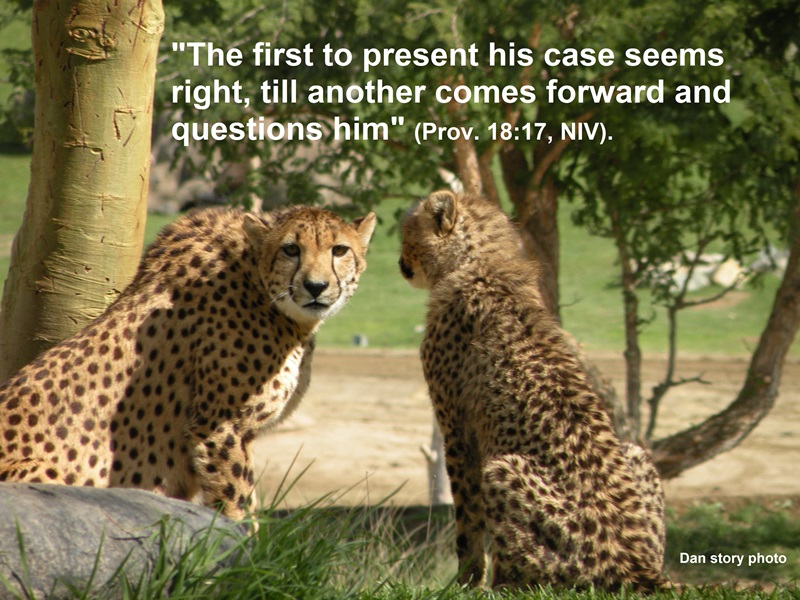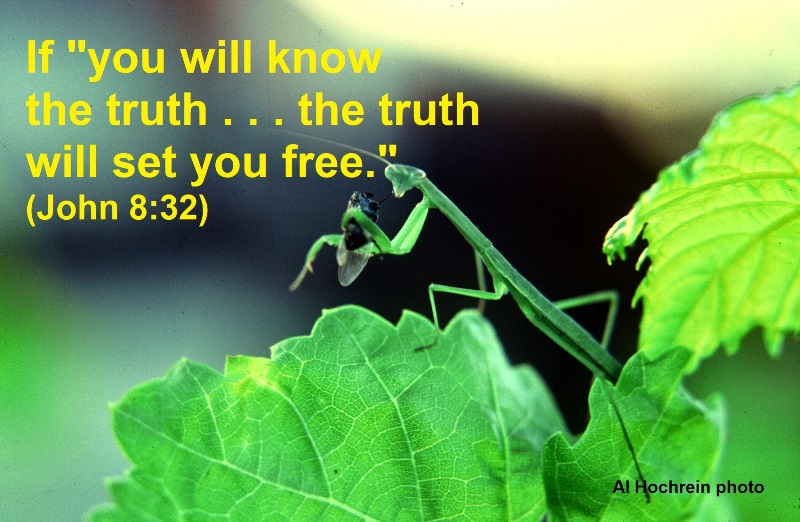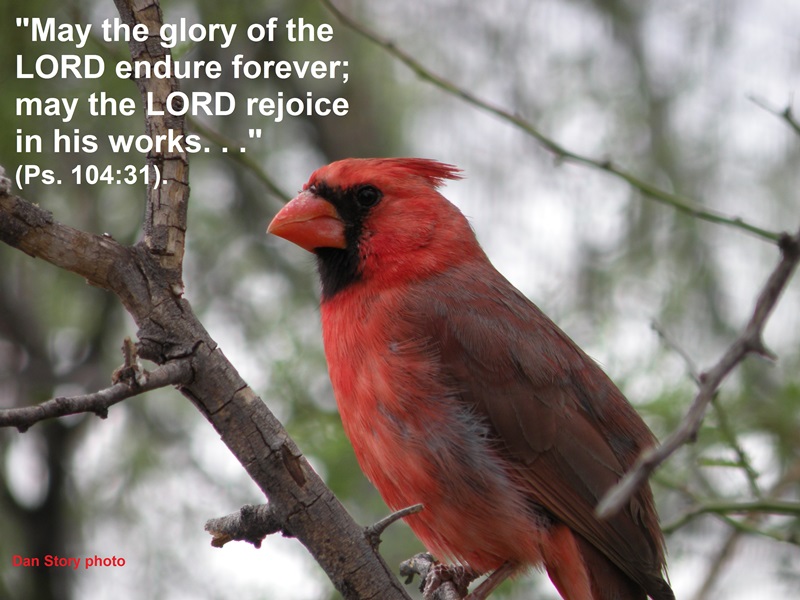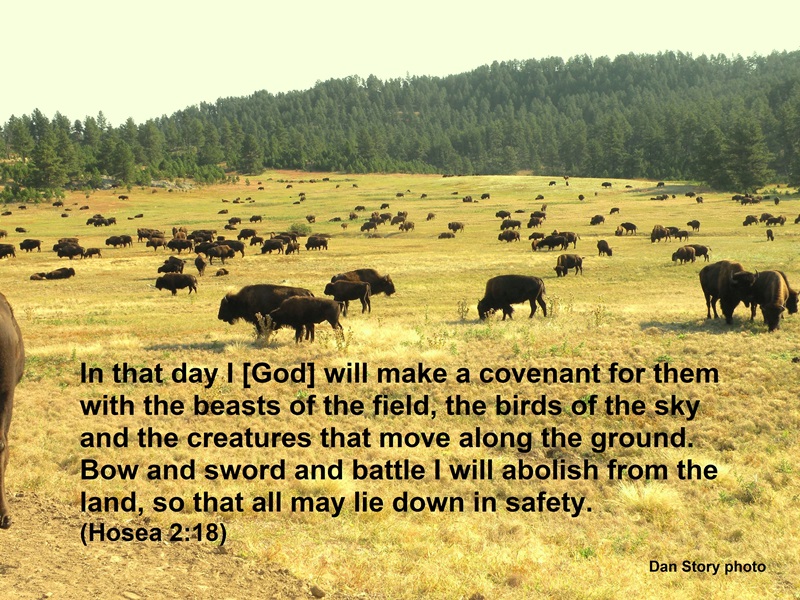
Part Five of Five: Does History Prove Christianity Is True?
(Please read my “farewell Note” below)
If spiritual seekers make a decision which of the many hundreds of competing religions is true based entirely on the evidences, they will be compelled to accept Christianity and reject all other religions. Just as the scientific method and legal reasoning demonstrate this (See parts three and four), we can establish that history also provides the same level of probability that Jesus rose from the dead in vindication of His claim to be God in human flesh and that Christianity is the only true religion.
All Christian truth-claims ultimately rest on the reliability of the Bible. What we know about the nature of God, the deity of Christ, the work of the Holy Spirit, God’s plan for salvation, promised resurrection, future new heaven and earth, and all other Christian beliefs rest squarely on the reliability of Scripture. If we cannot demonstrate the Bible’s reliability to unbelievers, many will consider Christianity to be no different than any other world religion. Its truth-claims would rest on its founders’ and followers’ subjective religious experiences and personal opinions. The demonstrated historical reliability of the Bible sets Christianity apart from all other religions.
How does historical evidence prove the Bible’s reliability? It demonstrates that in every area where Scripture can be checked out, it is proven to be trustworthy: Its textual composition is coherent; much of its historical data is verified by non-Christian sources; its fulfilled prophecies are confirmed to be accurate, and its geographical and cultural descriptions are in harmony with other ancient documents. On the other hand, when the same technique of historical investigation used to verify the Bible is applied to other religious books, the non-Christian documents are found to be spurious. Indeed, non-Christian religions are conspicuous by the absence of historical and other objective evidences. (I give examples of this in my book mentioned below.)
While ancient documents often contain reliable historical data, those that include supernatural claims, such as alleged miraculous accounts, do not have the evidential documentation for such claims as does the Bible. Consider, for example, evidence for the resurrection and life of Jesus Christ. Not only do eyewitnesses within Scripture testify to Jesus’ resurrection (e.g., 1 Cor. 15:1-8; 1 John 1:1-4), numerous non-Christian writings mention many of the highlights of Jesus’ life, ministry, and death, which are consistent with biblical revelation. (See, for example, Gary Habermas, The Historical Jesus: Ancient Evidences for the Life of Christ.)
What conclusion can we draw from this historical evidence? Since the Bible’s verifiable contents are demonstrated to be accurate and reliable, we can justifiably conclude its spiritual truth-claims are equally trustworthy, such as salvation through Jesus Christ alone, the indwelling Holy Spirit, and eternal life in Heaven for God’s people. In other words, the Bible’s spiritual truths do not stand alone. They rest on a solid foundation of verifiable historical facts. No other religious document passes the test of historical investigation as does the Bible. There are no contenders. Christianity alone attaints the highest level of certainty available in the area of historical investigation; therefore, once again, Christianity alone can legitimately claim to be religious truth.
The Ultimate Proof
This too needs to be said. Objective evidences and rational argumentation are not the ultimate “proof” of Christianity. We have a secret weapon in our arsenal no other religion possesses. Christian apologist and theologian William Lane Craig emphasized this when he wrote, “The proper ground of knowing Christianity to be true is the inner work of the Holy Spirit; and in our showing Christianity to be true [apologetics], it is His role to open the hearts of unbeliever to assent and respond to the reasons we present” (emphasis in original). (A Reasonable Faith: Answers to Tough Questions on God, Christianity, and the Bible, 315). The ultimate proof of Christianity? The inner witness of the Holy Spirit.
For further study on all the topics in this series, see my book, Defending Your Faith; Reliable Answers for a New Generation of Seekers and Skeptic (Kregel publications, 2019).
A Farewell Note: Except for my two-week Christmas breaks, I have posted a weekly blog for more than nine years. That amounts to about 450 blog posts. It’s now time for a hiatus—and perhaps even an end to this part of my apologetic ministry. So this week’s post will be my last blog, at least for now. I will occasionally share something I find particularly interesting and believe will be helpful to readers. I thank all of you who, over the years, have read my weekly blogs and encouraged me along the way with “likes” and helpful comments. I pray that God blesses all of you in your walk with Jesus and ministries.







